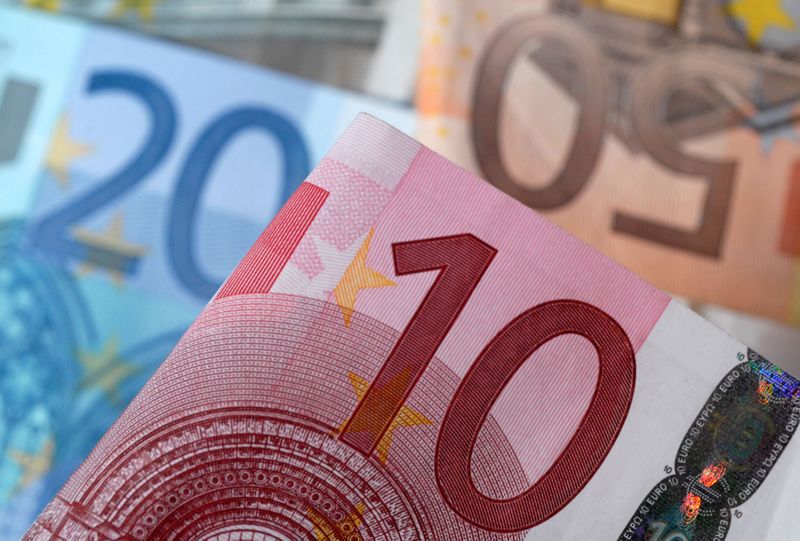(Reuters) -Germany received a record 39 billion euros of demand on Tuesday for a 30-year green bond, extending its yield curve for environmentally focused debt and drawing strong investor interest despite a selloff across euro debt markets.
The bond, which raised 6 billion euros, is Germany’s first green issuance of the year and follows an inaugural 10-year green bond last September and a five-year in November.
Investors hope the growing German curve will serve as a reference point for other borrowers in Europe, where governments have generally focused on a single maturity for green issuance.
The 30-year bond priced for a yield of 0.391%, 2 basis points below its conventional twin, according to two lead managers, the biggest green premium Germany has so far secured at issuance, according to Climate Bonds Initiative data.
Germany’s green bonds are all twinned with an otherwise identical conventional bond, allowing investors to switch between the two to mitigate liquidity concerns.
Green bonds, with their limited supply, usually trade with a lower yield. Germany’s twin structure offers a clearer gauge of the green premium, which can be hard to estimate.
Jens Peter Sorensen, chief strategist at Danske Bank, said premiums tend to be higher on longer-dated green bonds given they are rare and are mostly issued by governments rather than companies.
“These are being bought by life insurance and pension funds and there are few alternatives,” Sorensen said.
Germany will raise another 6 billion euros from green bonds this year, through a new 10-year issue to be auctioned in September and re-opened in October.
U.S. INFLATION EYED
Demand for the deal topped the 33 billion-euro order book seen at last year’s 10-year green bond and was the highest ever for a syndicated German government bond.
The bumper orders came despite a broader debt market selloff that sent Germany’s benchmark 10-year yield up 6 bps to the highest since March 2020 at -0.152%.
Italian yields also rose sharply, with the 10-year touching the highest since last September at 0.951%.
Bonds sold off alongside equities ahead of Wednesday’s U.S. inflation reading, which investors will gauge for a possible change of stance from the Federal Reserve.
A market gauge of long-term euro zone inflation expectations, the five-year, five-year forward, rose above 1.60%, its highest since December 2018 after a German investor morale survey far exceeded expectations.
“I think it is half supply-related and half macro-related. Given the magnitude of the move and broad consensus for higher Bund yields I would venture that this morning’s move has served as the sell signal everyone was waiting for,” said Antoine Bouvet, senior rates strategist at ING.
A $58 billion auction of three-year U.S. Treasuries follows later on Tuesday.
(Reporting by Yoruk BahceliEditing by Rachel Armstrong and John Stonestreet)























